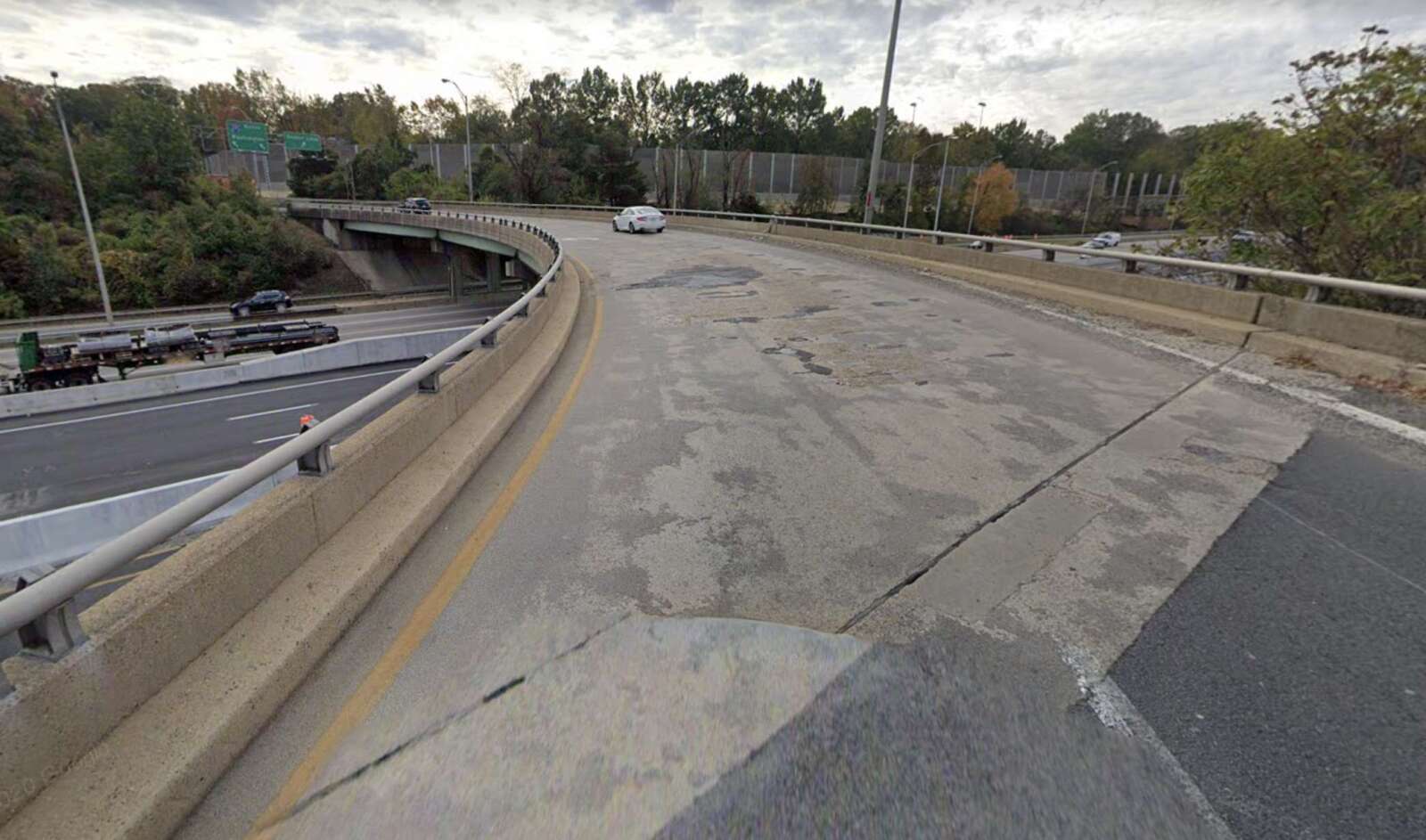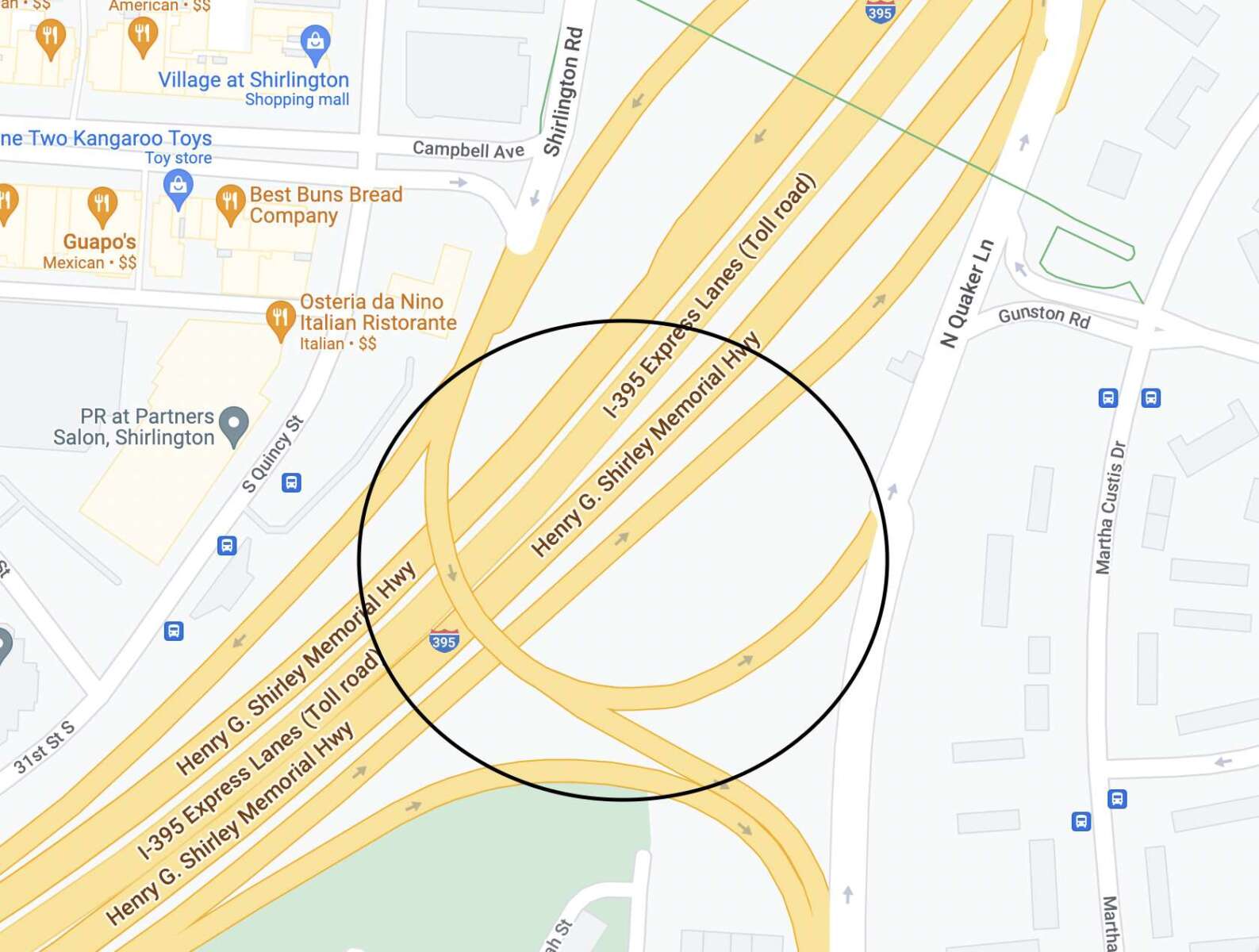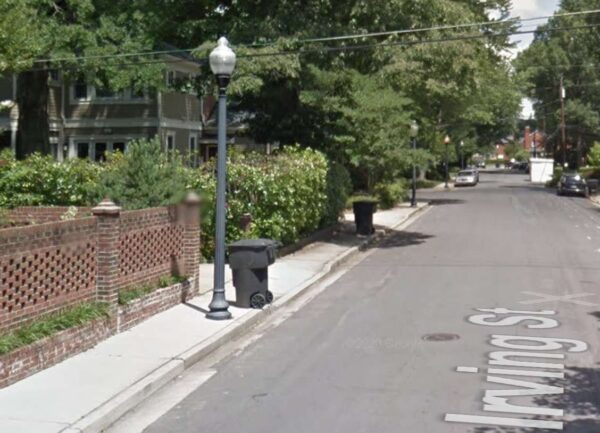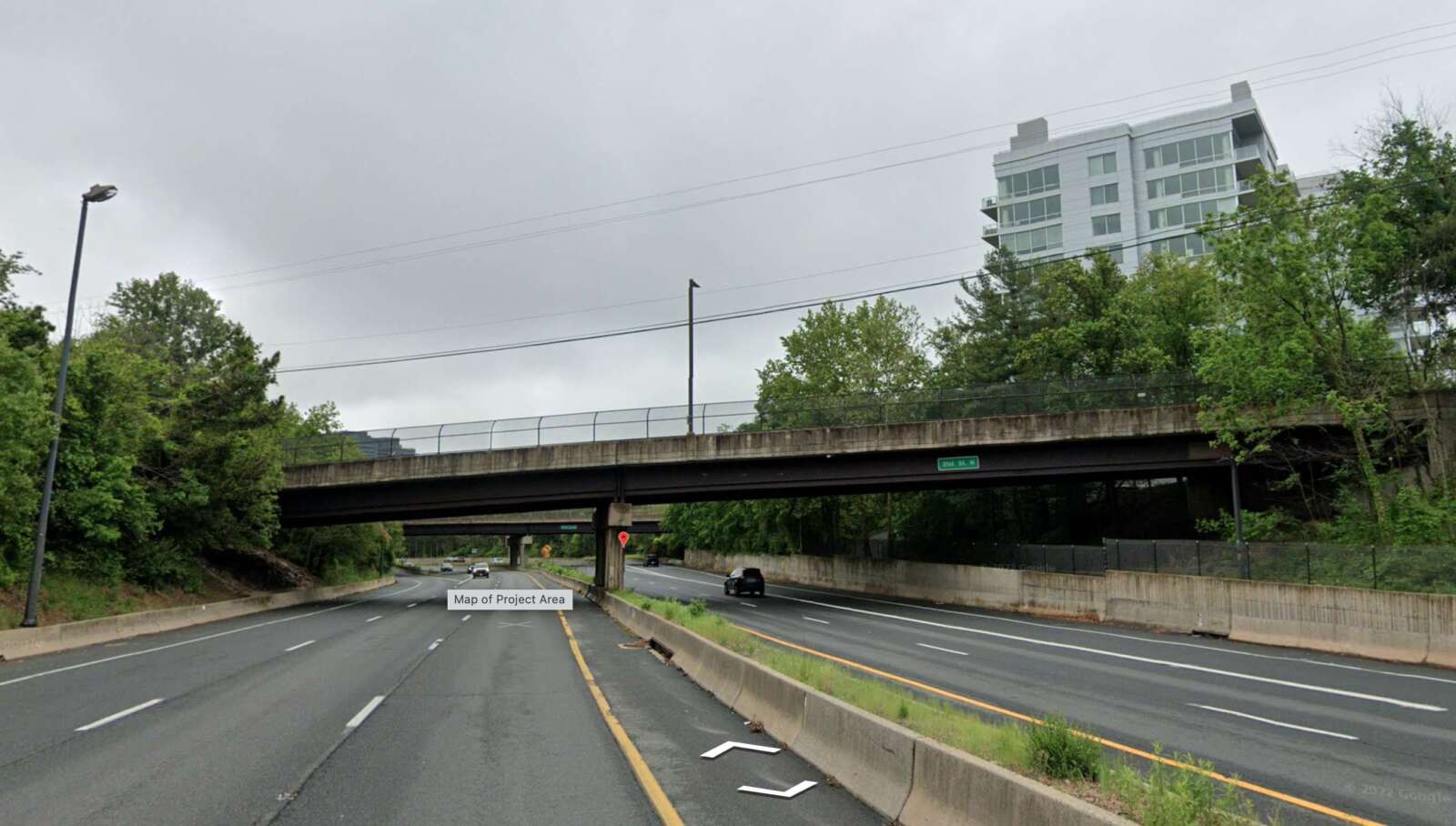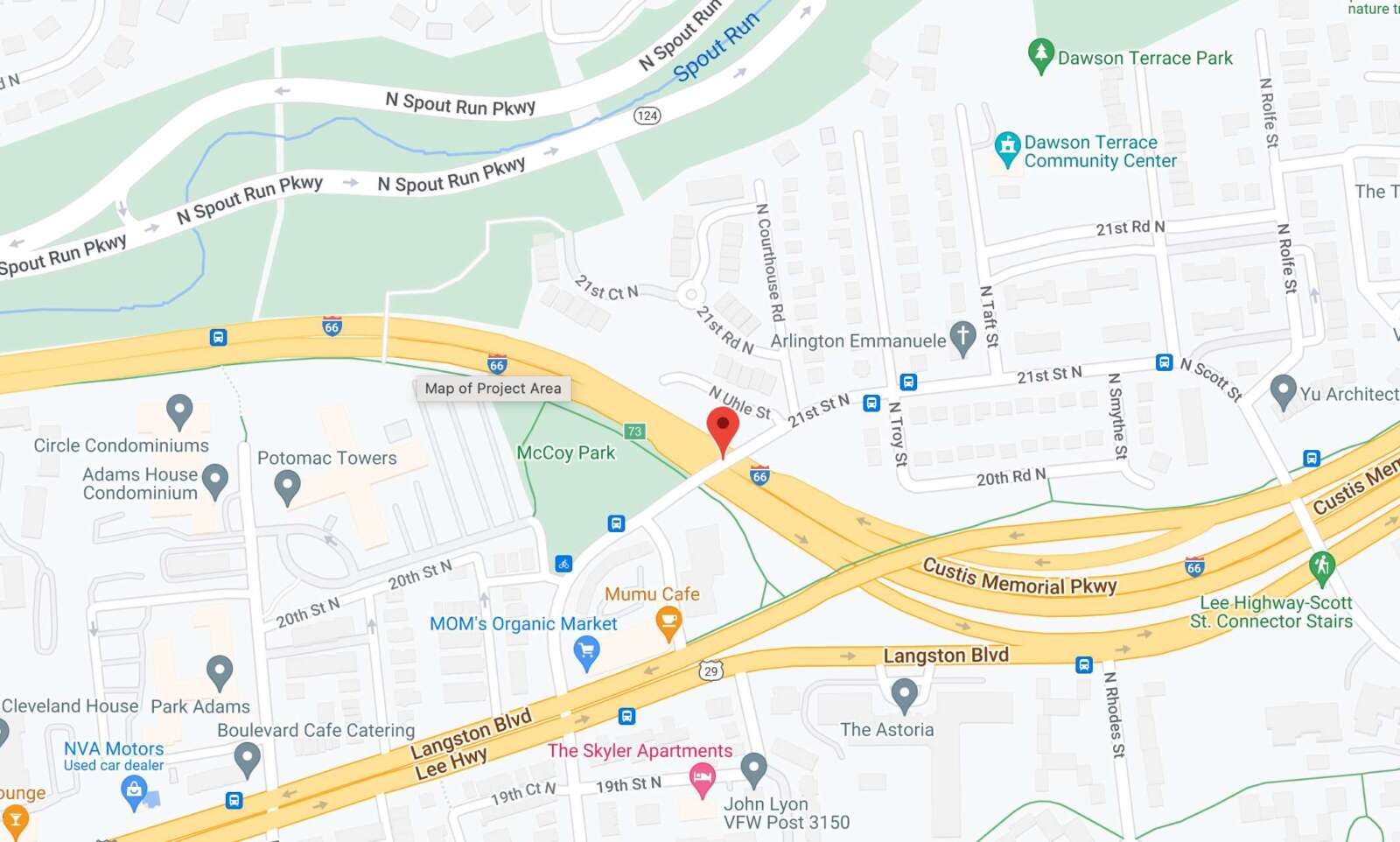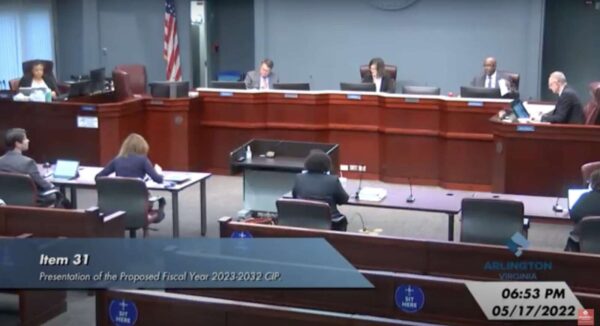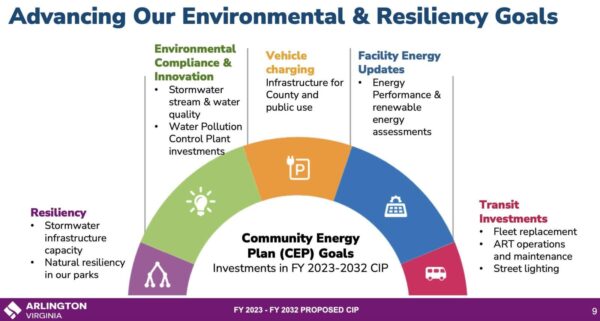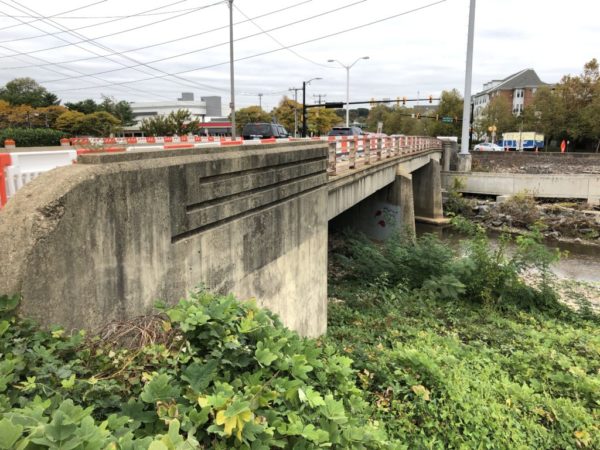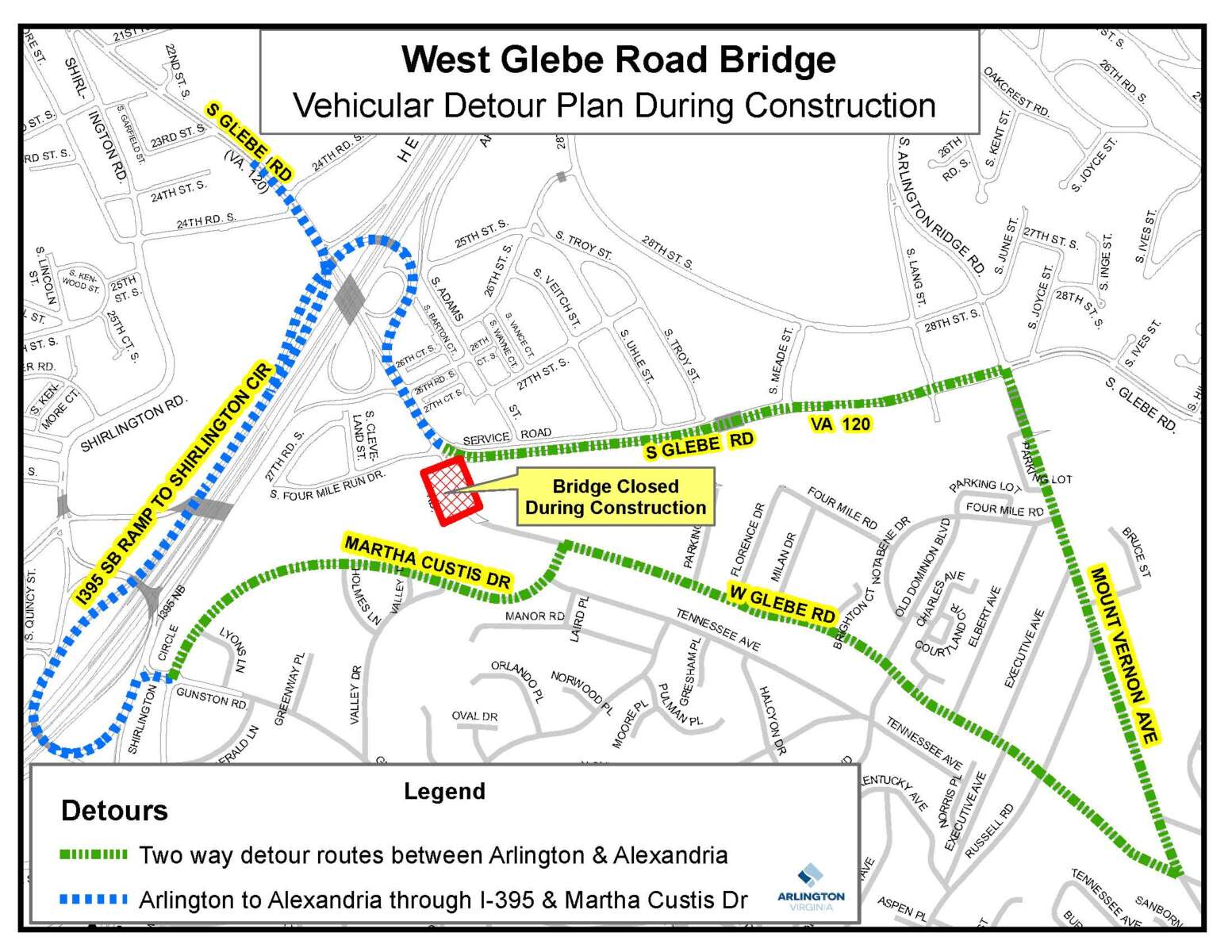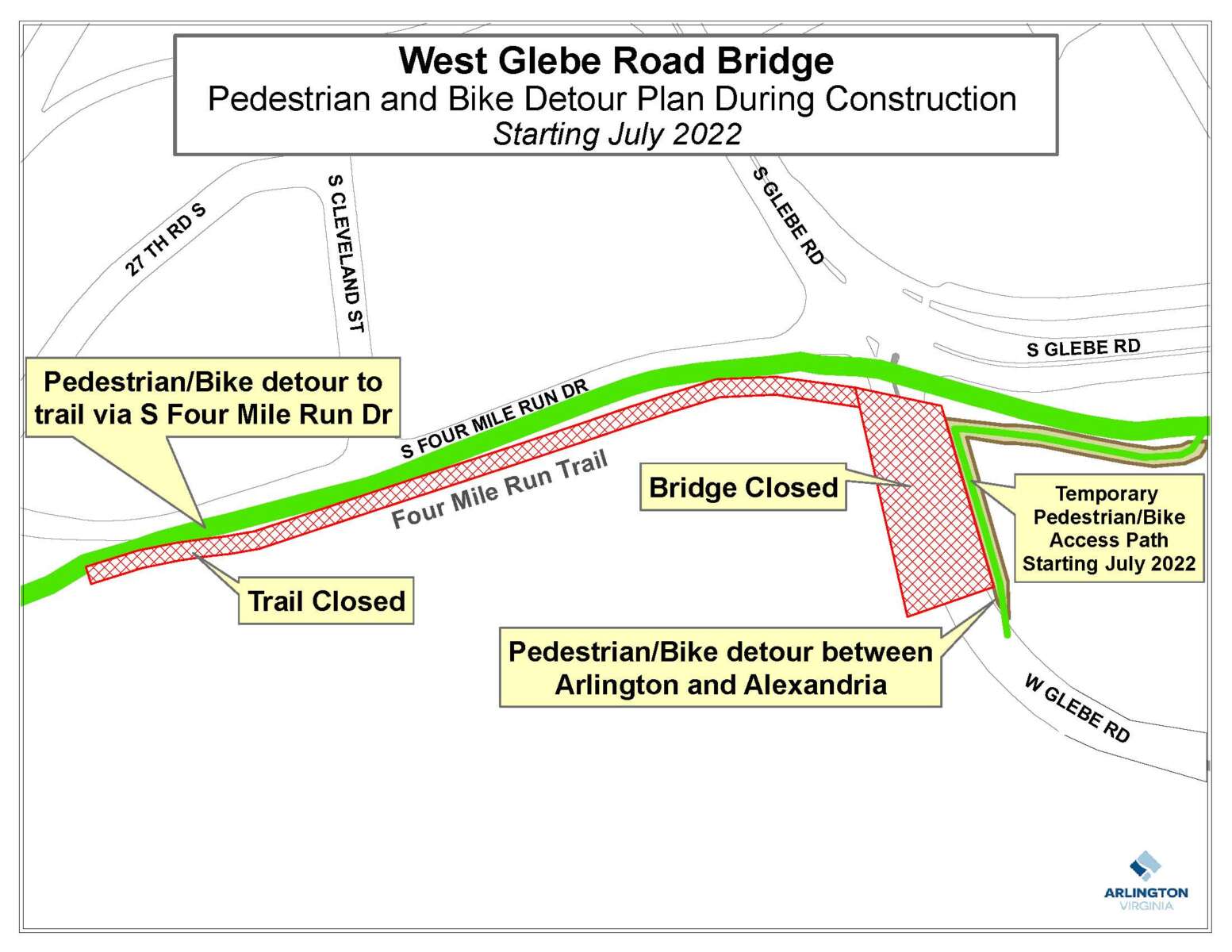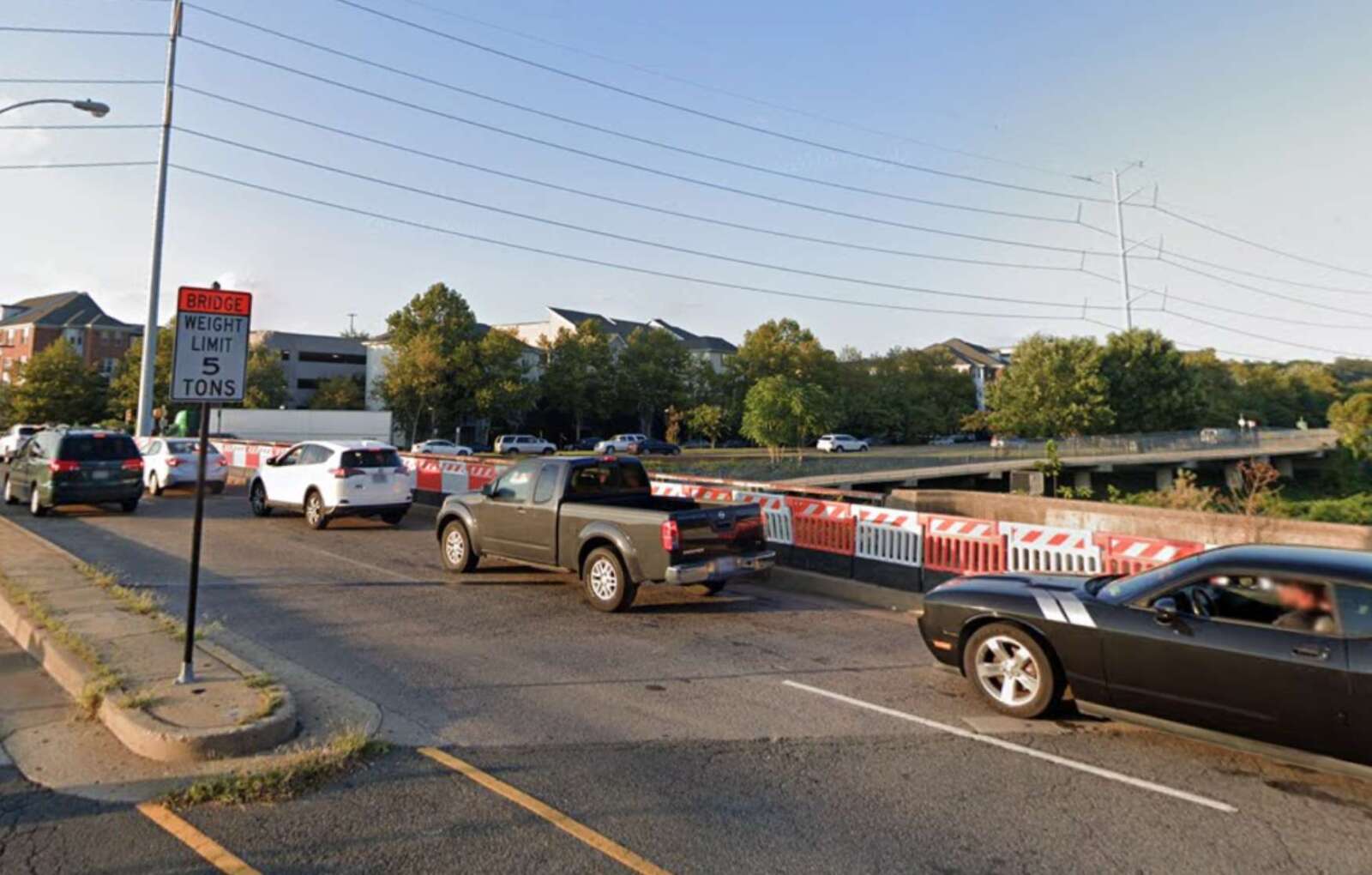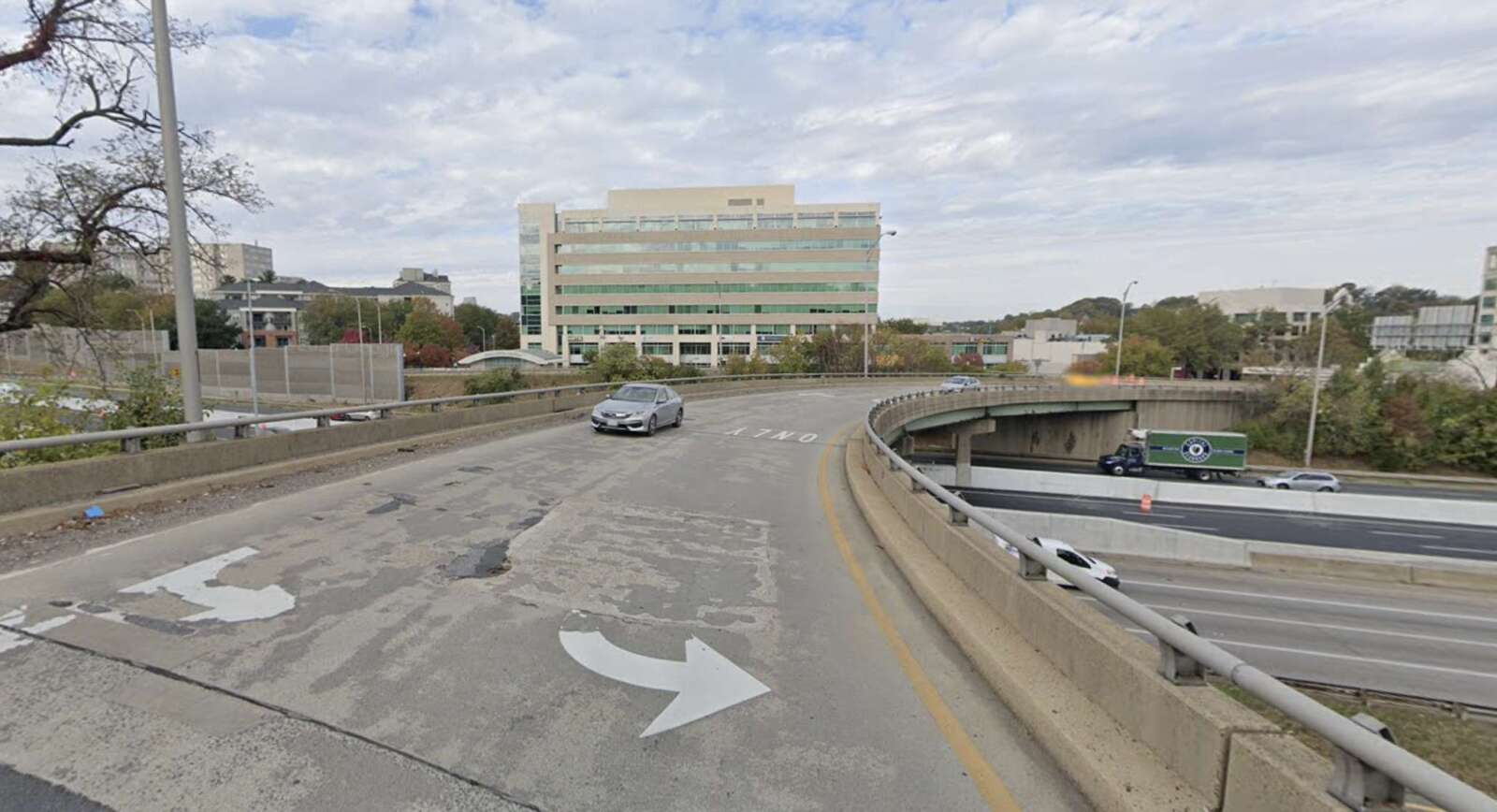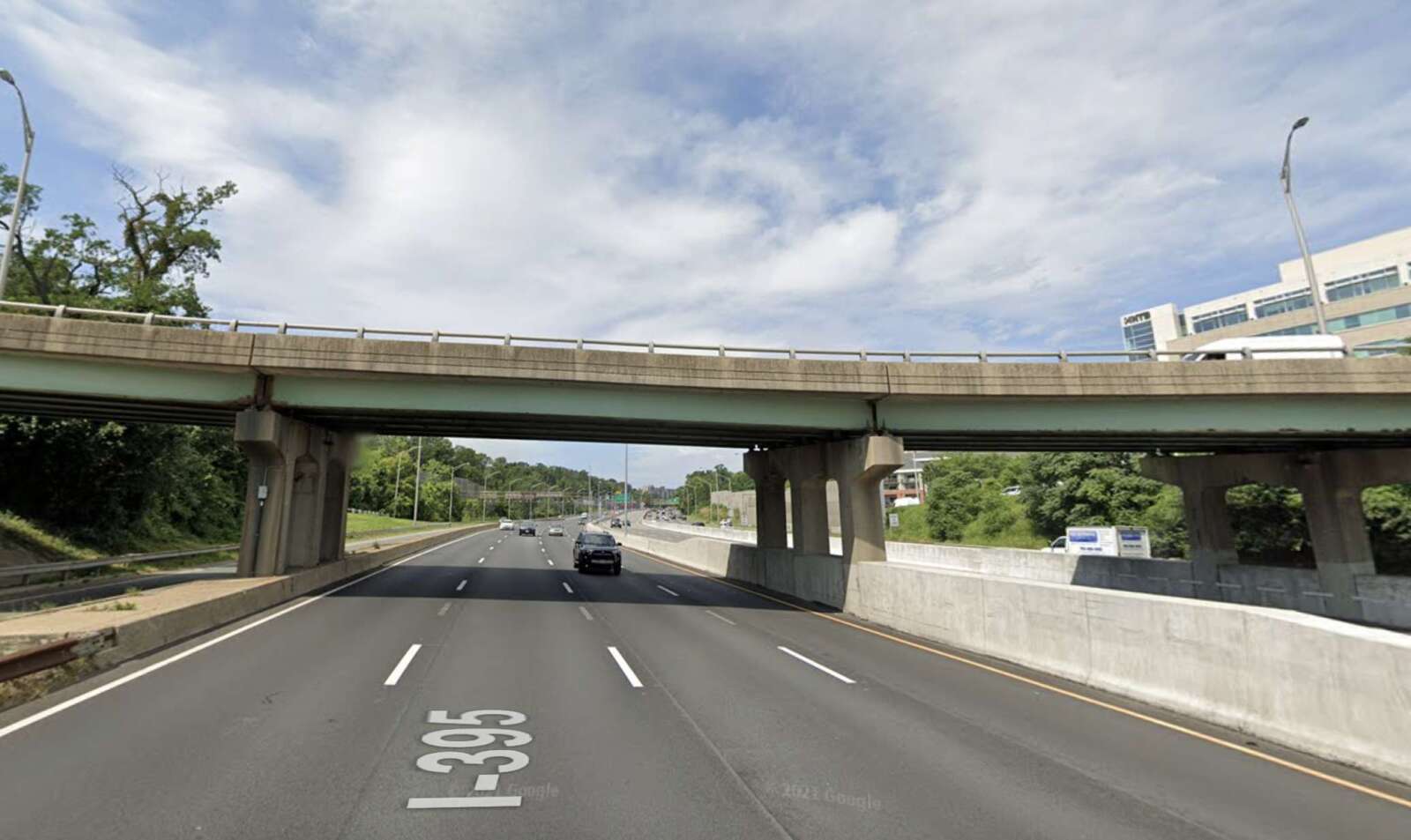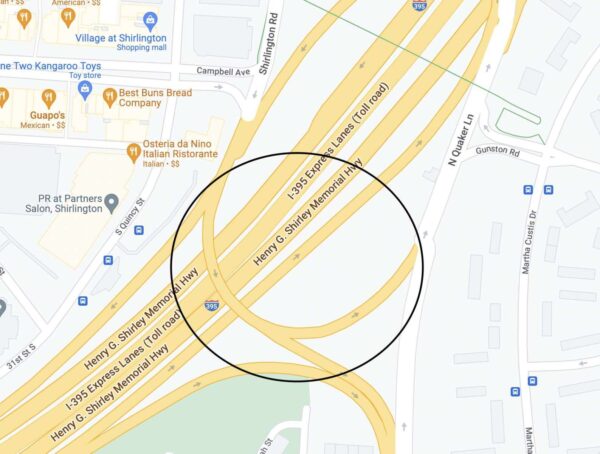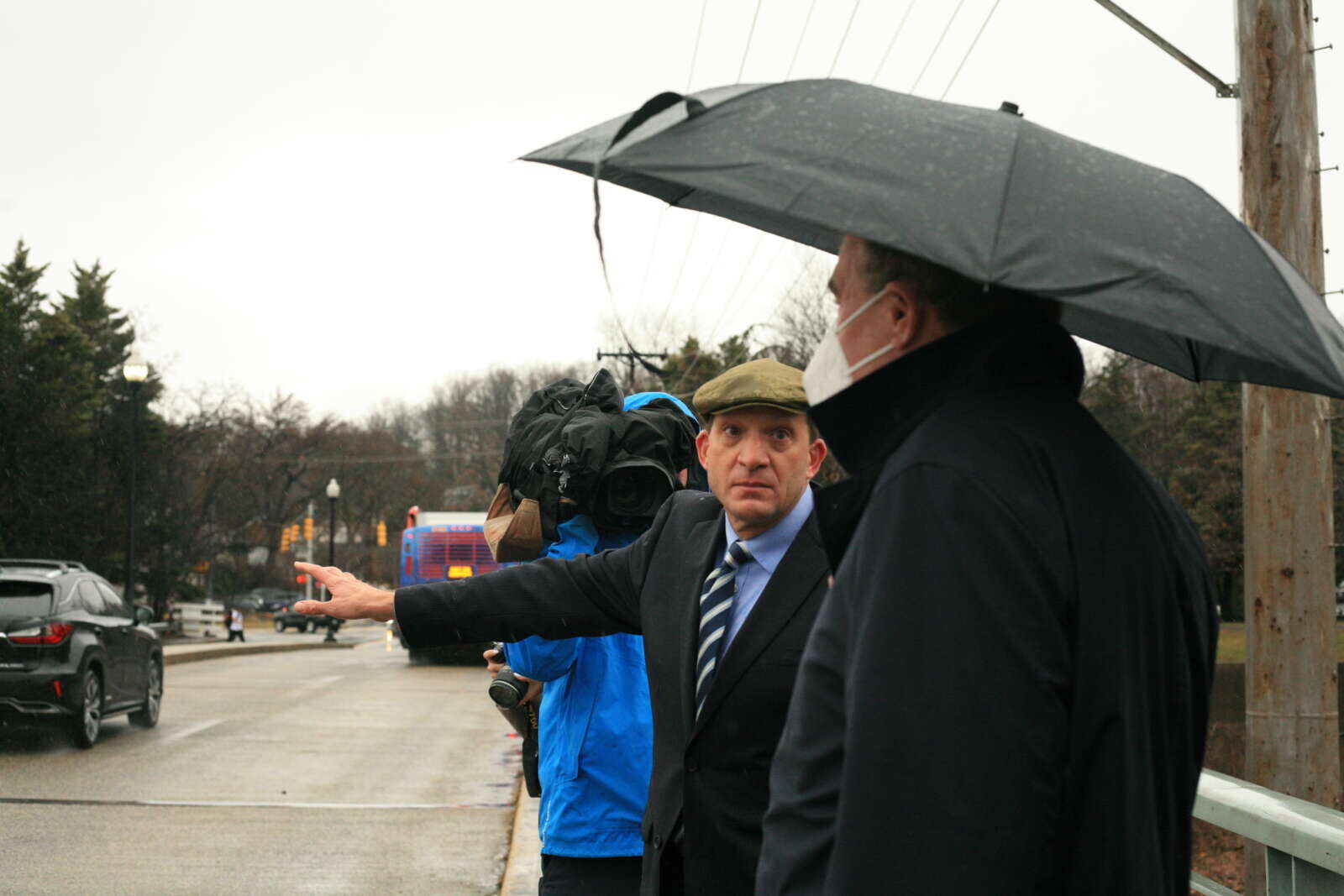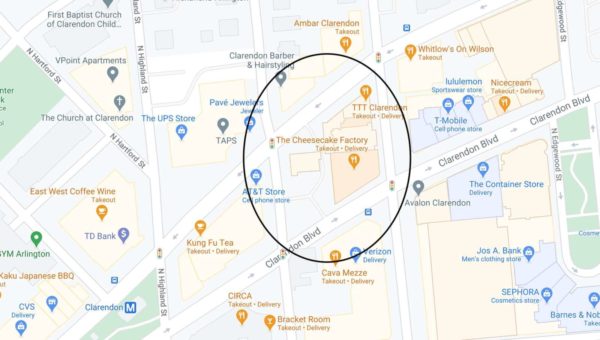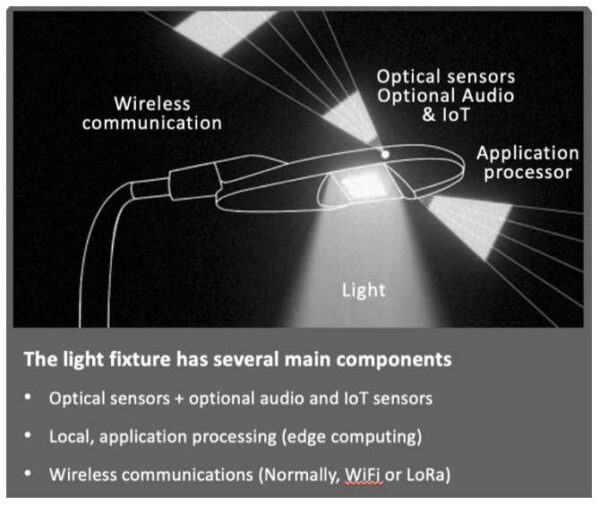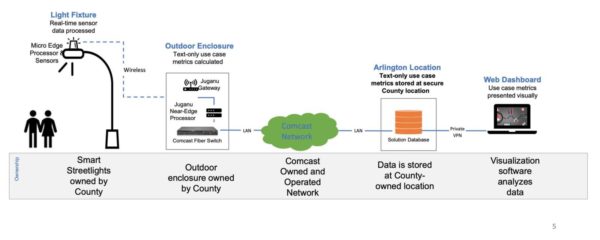Sponsored by Monday Properties and written by ARLnow, Startup Monday is a weekly column that profiles Arlington-based startups, founders, and other local technology news. Monday Properties is proudly featuring Three Ballston Plaza.
Amid new federal efforts to push for the adoption of electric vehicles, a local software firm is helping truck fleets, property owners and utility companies electrify.
“More and more, large players, in fleets, in commercial real estate and on the utility side, are thinking about making these investments, and they need analytics to underwrite and justify these investments to enable the transition,” says Ann Xu, the co-founder and CEO of Crystal City-based ElectroTempo.
Her company works with companies in different industries to understand how much it would cost to electrify fleets and install the charging infrastructure they need, among other considerations.
Fellow co-founder and Chief Operating Officer Patrick Finch says the push to electrify, fueled by climate change concerns, is an “unprecedented challenge.” Companies and governments have to replace gas-based infrastructure that took a century to install and cannot be repurposed in an electric future, all while scaling up the operations of the electrical grid.
“The challenge still remains that the charging infrastructure is the biggest barrier to adoption because fleets cannot risk their operations if they don’t have the confidence in their ability to recharge their vehicles,” Xu said. “That remains where we firmly plug in, no pun intended.”
ElectroTempo was founded in November 2020 and, in the spring of 2022, was among the first cohort of businesses to move into the Crystal City startup incubator and accelerator space operated by the French company Zebox. This August, the startup raised $4 million in seed funding, which the company will use to expand where it operates and round out its software product.
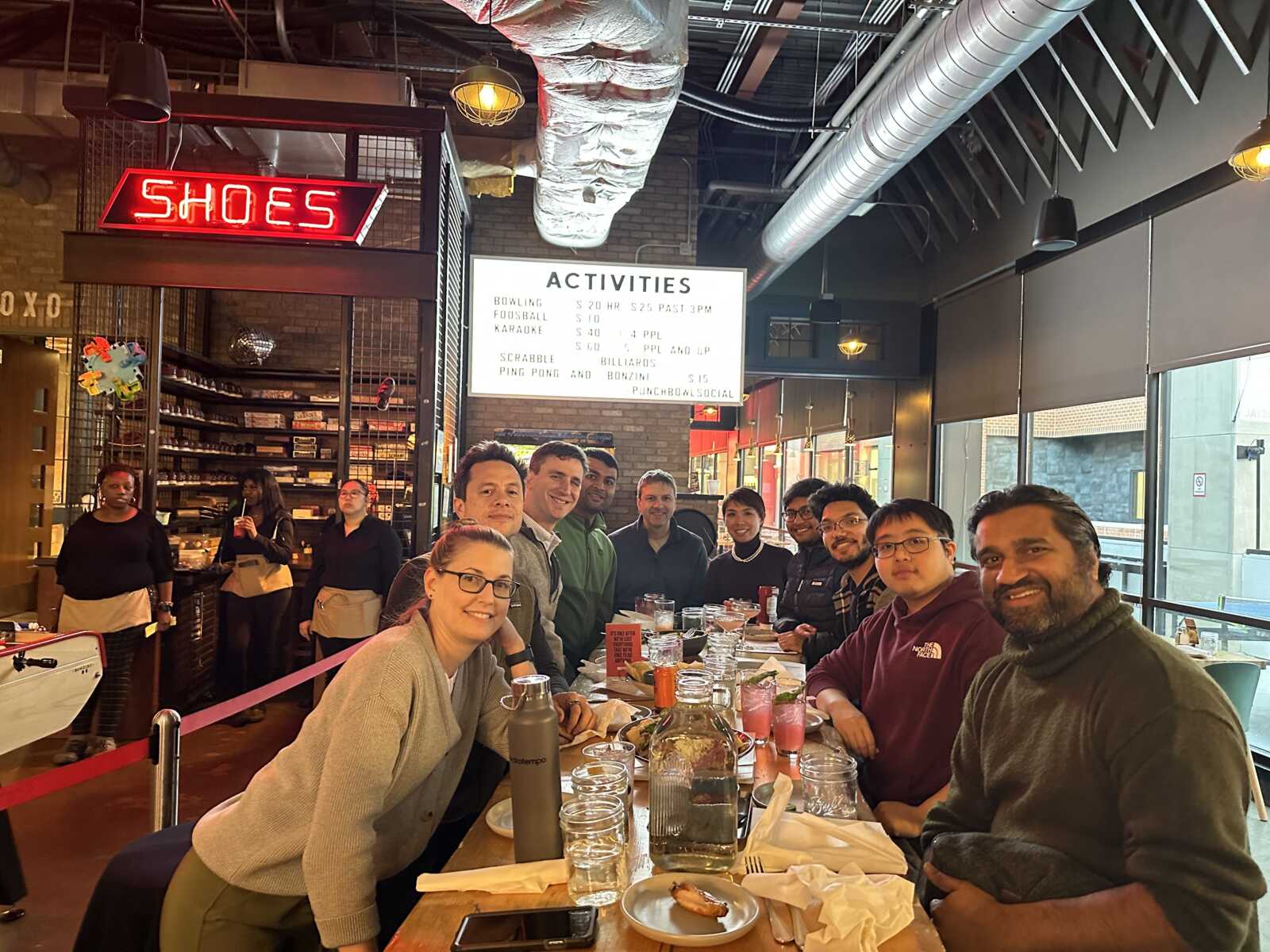
The round, led by a Chicago-based, woman-led investment firm, was difficult to close but ElectroTempo emerged the stronger for it, Xu said.
“Three weeks into our fundraising process, the Silicon Valley Bank collapsed,” she said. “So, it was a very dark time for just the venture community as a whole… The general trend was that strong companies still [made it out] stronger, and we’re lucky to be one of them. We believe that that is because of our fundamental value proposition, how big the market is and the strength of our team.”
Today, ElectroTempo works in Texas — where the company got started — as well as New York, Massachusetts and Virginia, where it has support from the state’s Innovation Partnership Corporation. The funding is intended to fuel ElectroTempo’s expansion into California and Oregon as well as plans to break into more states. It will also pay for upgrades to the company’s software meets the different needs of clients.
“There are so many different types of customers at different stages of electrification and at every stage of their journey,” Xu said. “They need something a little bit different from our product.”
These milestones for ElectroTempo come amid a changing landscape for vehicle electrification, says Finch.
Not only are there new federal incentives for shipping companies to take advantage of, but there are also looming state time limits for going electric. California, for instance, has a policy to effectively phase out diesel trucks by 2035.
“The detachment between setting a really aggressive target and actually getting to said target is quite wide and the amount of infrastructure needed to support an electric truck future is quite expensive,” he said. “We’re focused on bridging that gap because people aren’t going to stop setting the goals. The goals need to be aggressive if you’re going to address climate change in any meaningful way.”



